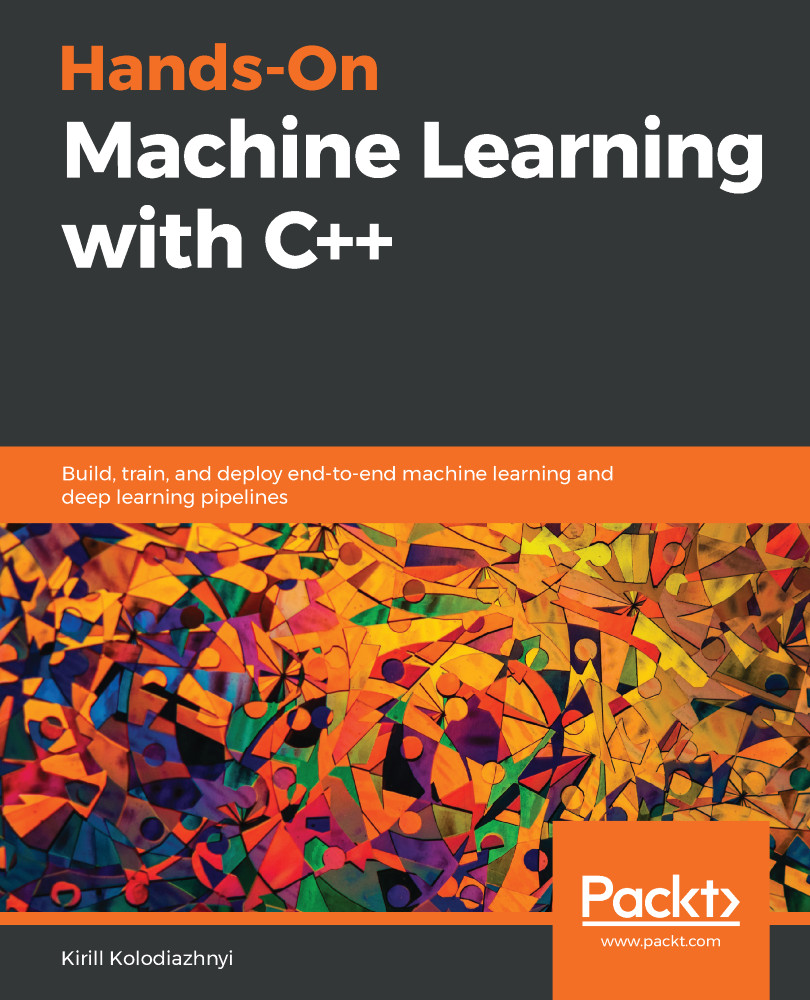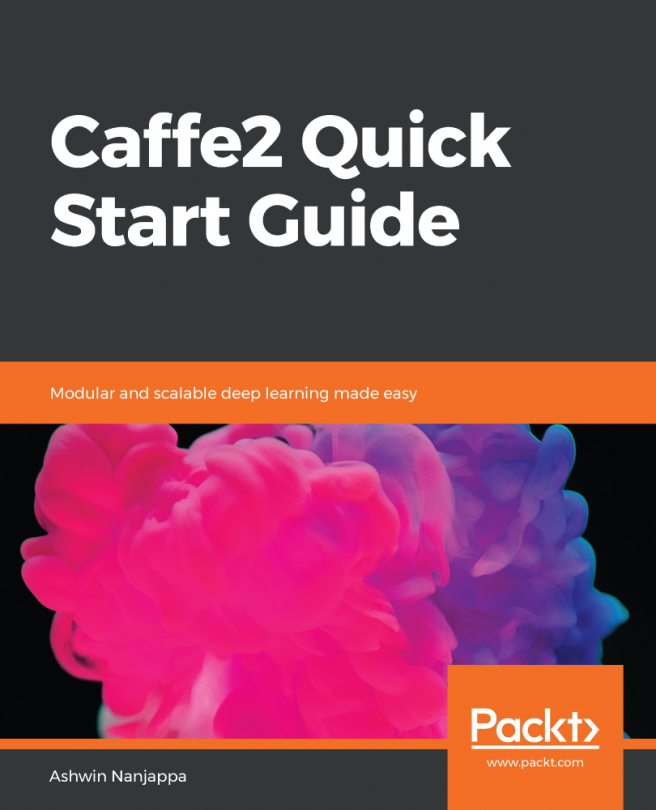There are different types of clustering, which we can classify into the following groups: partition-based, spectral, hierarchical, density-based, and model-based. The partition-based group of clustering algorithms can be logically divided into distance-based methods and ones based on graph theory.
Types of clustering algorithms
Partition-based clustering algorithms
The partition-based methods use a similarity measure to combine objects into groups. A practitioner usually selects the similarity measure for such kinds of algorithms by themself, using prior knowledge about a problem or heuristics to select the measure properly. Sometimes, several measures need to be tried with the same algorithm to choose the best one. Also,...













































































